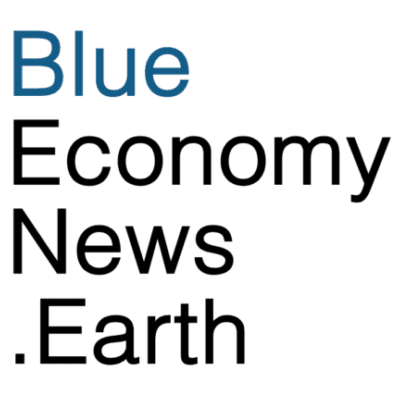A Hawai’i judge has ruled that a proclamation issued by U.S. President Donald Trump permitting commercial fishing in a Pacific Ocean marine national monument violated the law.
U.S. District Court Judge Micah Smith said that the proclamation, issued by the National Marine Fisheries Service (NFMS) violated the Magnuson-Stevens Act (MSA) and Administrative Procedure Act (APA) when it opened up protected water of the Pacific Islands Heritage Marine National Monument.
In his order, Judge Smith noted that “the proclamation claimed that ‘appropriately managed commercial fishing’ would not endanger the Monument Expansion. Based on that finding, President Trump declared that the Secretary of Commerce ‘shall not prohibit commercial fishing’ for U.S. flagged vessels in the Monument Expansion, and that the Secretary instead shall ‘take appropriate action’ to ‘implement’ the Proclamation and ‘expeditiously publish new proposed rules in the Federal Register to amend or repeal all burdensome regulations that restrict commercial fishing in that area.'”
No such rules have ever been proposed, but roughly a week after the proclamation, NMFS issued a letter informing permit holders that commercial fishing is now open in the Monument Expansion. The letter took the position that regulations no longer exist, without opportunity for public comment or following of any legal procedure.
Commercial fishing immediately began in the marine protected area. The Conservation Council for Hawaii and the Center for Biological Diversity, along with Kāpa‘a, an organization of Native Hawaiian cultural practitioners brought suit, arguing that commercial fishing would devastate the marine ecosystem of the islands and surrounding reefs.
The Pacific Islands Heritage Marine National Monument encompasses roughly 490,000 square miles of open ocean, coral reef, and island habitats in the Pacific Ocean and includes seven National Wildlife Refuges. It is home to one of the largest collections of tropical islands, coral reef, seamounts, and deep sea protected areas on the planet, and provides large migration and foraging ranges for sea turtles, marine mammals, whales, sharks, and manta rays.
The area has a dark past. Beginning in 1935, the United States government recruited young Hawai’ian students and recent graduates of the Kamehameha School for Boys to serve a colonization mission to the uninhabited islands. The boys were not told the true nature of the project but were led to believe they were just there to collect scientific data.
In supporting its actions to open the area to commercial fishing, the government had argued that the letter was only an initial action and therefore the fact that no public comment period had transpired wasn’t relevant. But the judge ruled in favor of the plaintiffs on their Magnuson Act and APA claims against the secretary of commerce, the administrator and assistant administrator of the National Oceanic and Atmospheric Administration.
The MSA was adopted in 1976 under the Carter administration. It is named after the late Senators Warren Magnuson of Washington and Ted Stevens of Alaska. Its primary goals were to extend control of U.S. waters to 200 nautical miles in the ocean; to phase out foreign fishing activities; to prevent overfishing, especially by foreign fleets; to allow overfished stocks to recover; and to conserve and manage fishery resources.

